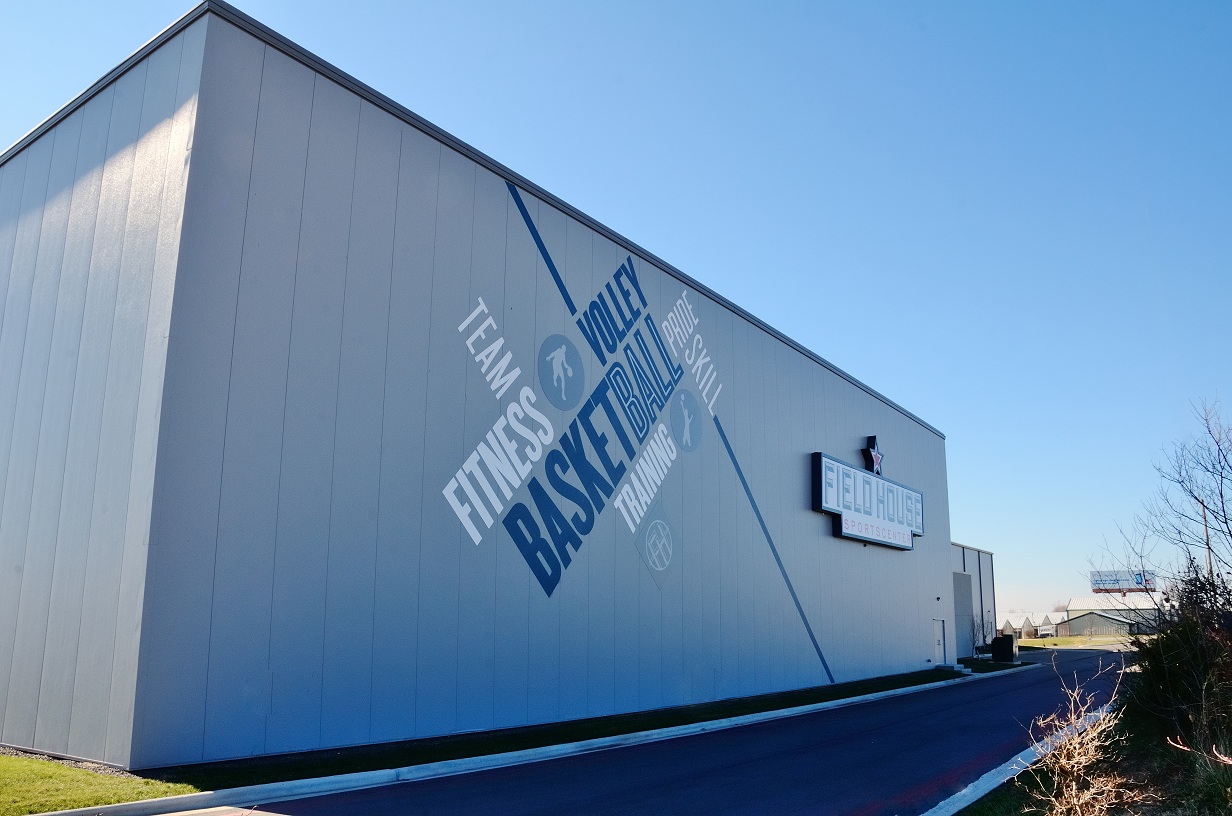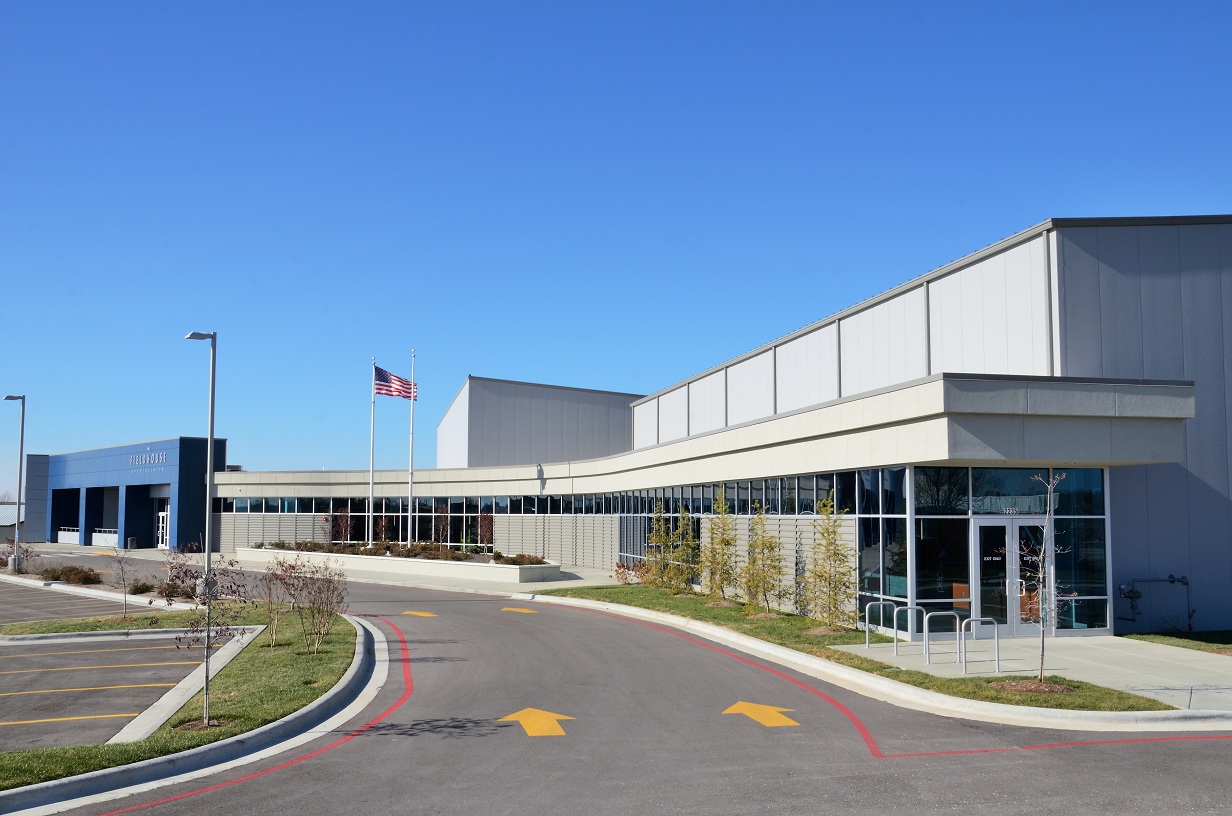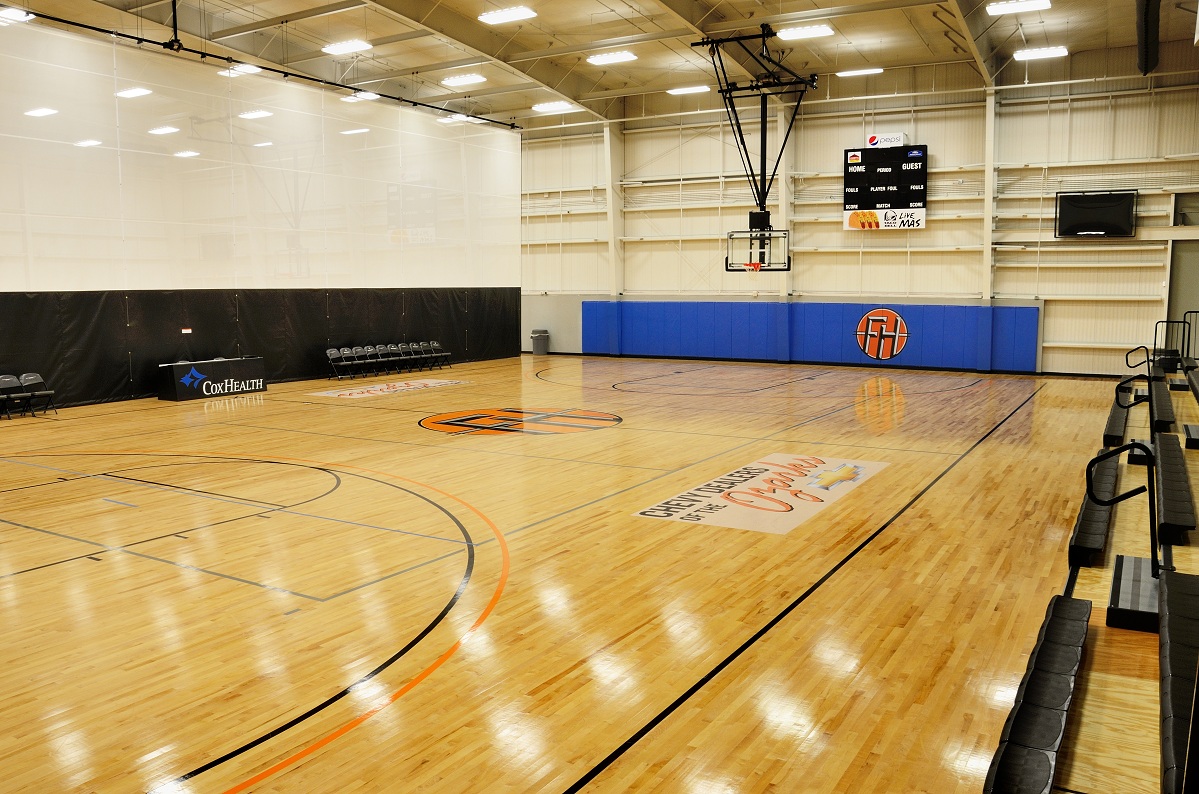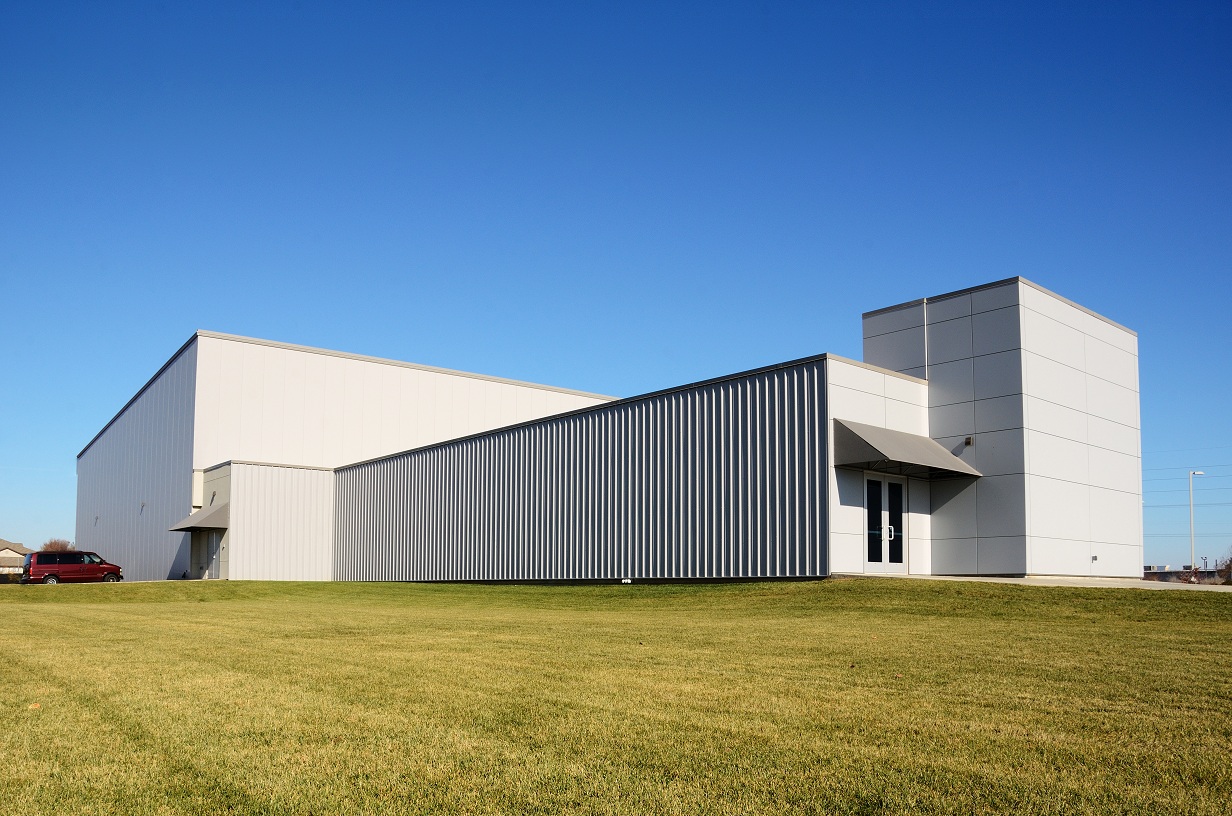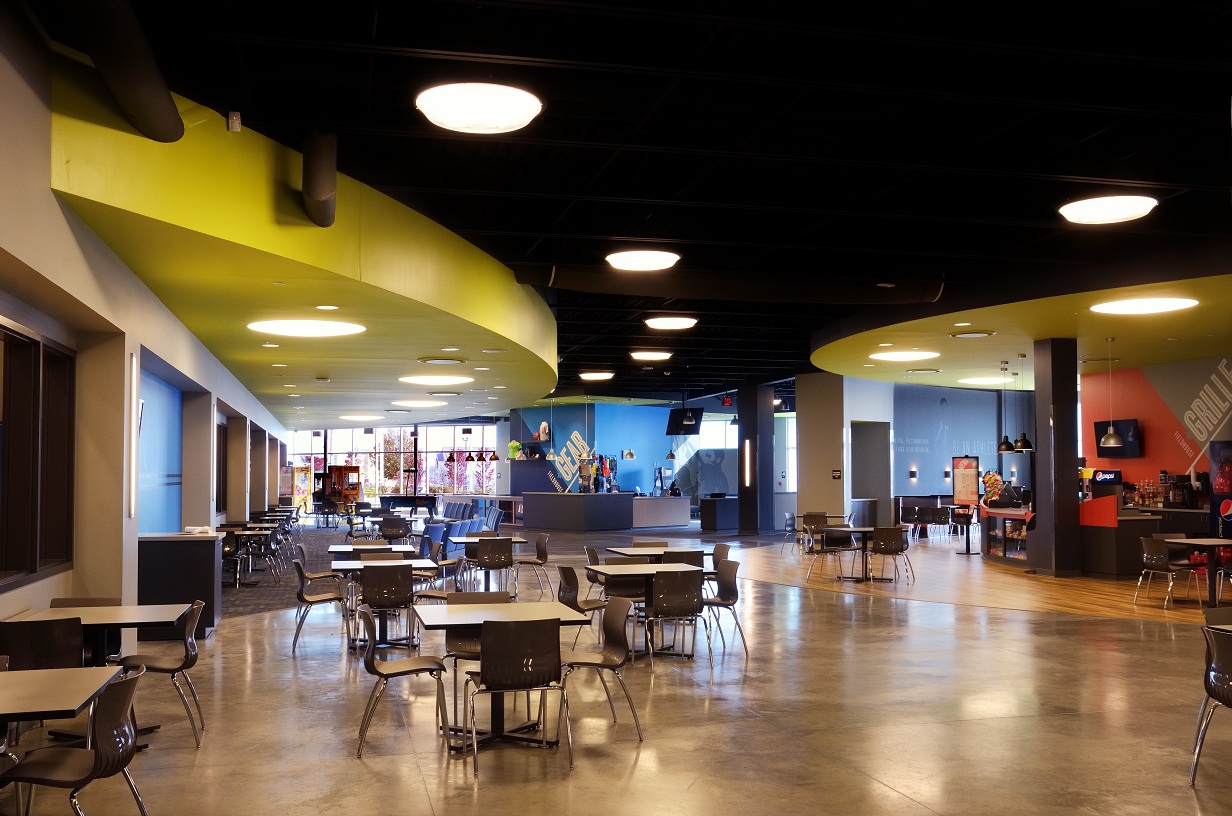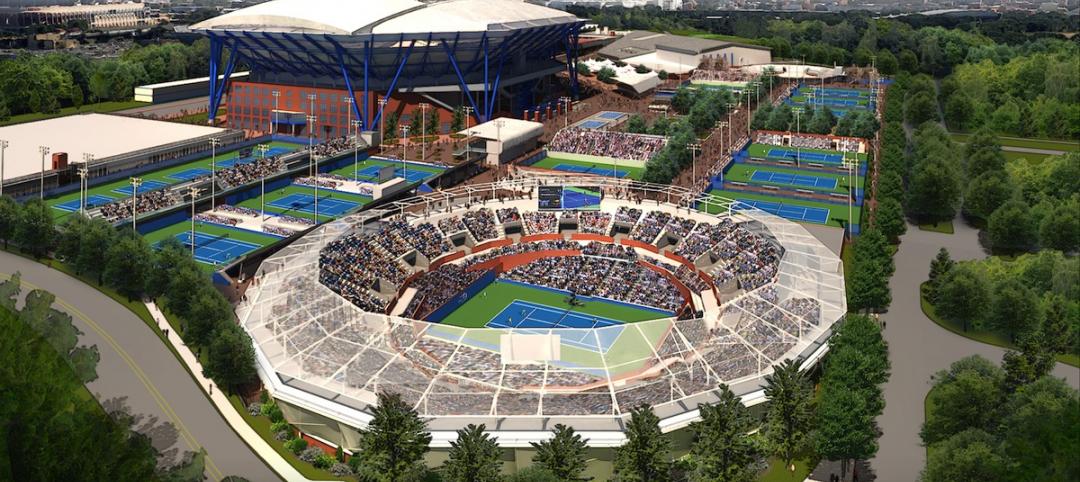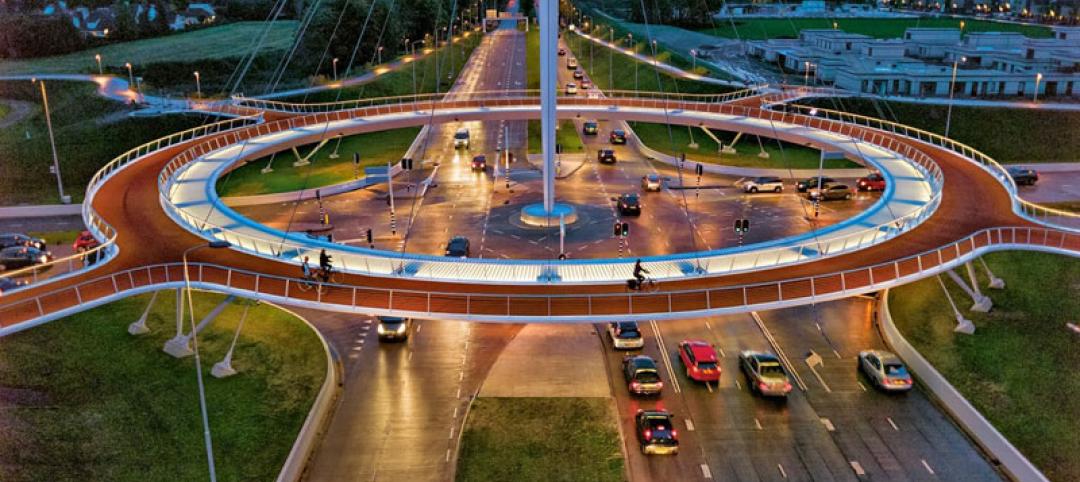Basketball and volleyball take center stage at The Fieldhouse Sportscenter, a multi-purpose sports facility in Springfield, Mo. Attracting student athletes and families from throughout the Midwest, the 46,000-square-foot complex hosts youth basketball and volleyball leagues and tournaments as well as a range of community events and gatherings.
Two separate metal gym buildings accommodate a total of four full-size basketball courts or six volleyball courts. The structures are connected by a structural steel building that provides a common gathering area that includes a restaurant with indoor and outdoor seating, a video arcade, four party/conference rooms and storage areas.
“There were a lot of different elements that had to be tied in correctly to make the three different buildings work together effectively,” says David Ross, director of operations and project manager at Morelock-Ross, the Star builder that led the construction. “One of the most unique elements of this project is the energy-efficient envelope, which includes three-inch-thick insulated metal wall panels and a Simple Saver roof liner system with additional insulation.”
Contributing to the design aesthetic, the buildings combine several different custom exterior finishes.
“The project was designed to provide a distinguished façade along the James River, emphasizing the dynamics of activity and movement,” says Todd Bolin, project architect at H Design Group. “The design intent was to simplify the form and structure of the buildings and tie in the ideals of competition, sportsmanship and camaraderie through murals, signage and apparel.”
Located on a prominent site in the growing southwest part of Springfield, The Fieldhouse adds significant capacity to the city’s youth sports venues and attracts visitors from a 10-state Midwest region.
“There is a facility on the north side of the city that was busting at the seams,” says Craig Naugle, MD, a local physician and the primary investor in the project. “We knew there was a need, and my wife and I wanted to invest in the community that way. It’s really working well as a community center.”
Operating year-round, the facility is able to host upward of 70 teams per weekend in a single venue.
“I think it’s just a great place for families to get together,” Naugle says. “We also have community rooms that people can rent for birthday parties, lunch meetings, business groups and church lock-ins.”
Naugle’s primary goal was to raise the bar for youth sports facilities by providing an authentic playing atmosphere for athletes and their families, many of which travel several hundred miles to compete.
“It provides a much better flow than other facilities I’ve seen around the country,“ he says. “Most facilities tend to be barn-like structures, with a bunch of gyms stacked on top of each other. You get a lot of whistle noise, and kids are constantly distracted. What’s amazing about our facility is that once you’re in the common area looking through the windows, you can hardly hear anything in the gyms.”
The Fieldhouse also offers courtside seating and privacy curtains to provide acoustical separation between the courts.
“When people come here from out of state, they uniformly say they’ve never played basketball in a facility this nice. I hear that time and time again when we host tournaments,” he says.
Naugle is also blown away by the energy efficiency of the facility.
“Our utility bills are at least 25 to 30 percent less than we thought they would be when we were estimating that in our business plan,” he says. “It’s pretty remarkable.”
The complex was designed to accommodate future expansion through a second construction phase that will add an additional two gyms.
Project Credits
Owner/developer: Midwest Events Center LLC
General contractor: Morelock-Ross Builders Inc.
Architect: H Design Group LLC
Civil Engineer: Anderson Engineering
Structural Engineer: Mettemeyer Engineering LLC
MEP Engineer: Colvin Jones Davis LLC
Related Stories
| Apr 2, 2014
8 tips for avoiding thermal bridges in window applications
Aligning thermal breaks and applying air barriers are among the top design and installation tricks recommended by building enclosure experts.
| Mar 26, 2014
Callison launches sustainable design tool with 84 proven strategies
Hybrid ventilation, nighttime cooling, and fuel cell technology are among the dozens of sustainable design techniques profiled by Callison on its new website, Matrix.Callison.com.
| Mar 25, 2014
Sydney breaks ground on its version of the High Line elevated park [slideshow]
The 500-meter-long park will feature bike paths, study pods, and outdoor workspaces.
| Mar 20, 2014
Common EIFS failures, and how to prevent them
Poor workmanship, impact damage, building movement, and incompatible or unsound substrate are among the major culprits of EIFS problems.
| Mar 13, 2014
Do you really 'always turn right'?
The first visitor center we designed was the Ernest F. Coe Visitor Center for the Everglades National Park in 1993. I remember it well for a variety of reasons, not the least of which was the ongoing dialogue we had with our retail consultant. He insisted that the gift shop be located on the right as one exited the visitor center because people “always turn right.”
| Mar 12, 2014
14 new ideas for doors and door hardware
From a high-tech classroom lockdown system to an impact-resistant wide-stile door line, BD+C editors present a collection of door and door hardware innovations.
| Feb 26, 2014
Billie Jean King National Tennis Center serving up three-phase expansion
The project includes the construction of two new stadiums and a retractable roof over the existing Arthur Ashe Stadium.
| Feb 14, 2014
First look: Kentucky's Rupp Arena to get re-clad as part of $310M makeover
Rupp Arena will get a 40-foot high glass façade and a new concourse, but will retain many of its iconic design elements.
| Feb 14, 2014
Crowdsourced Placemaking: How people will help shape architecture
The rise of mobile devices and social media, coupled with the use of advanced survey tools and interactive mapping apps, has created a powerful conduit through which Building Teams can capture real-time data on the public. For the first time, the masses can have a real say in how the built environment around them is formed—that is, if Building Teams are willing to listen.
| Feb 11, 2014
World's first suspended bicycle roundabout [slideshow]
Located in the Netherlands, the project was designed to promote a healthier lifestyle.


